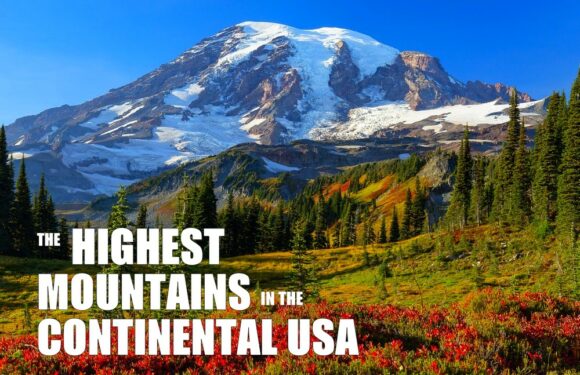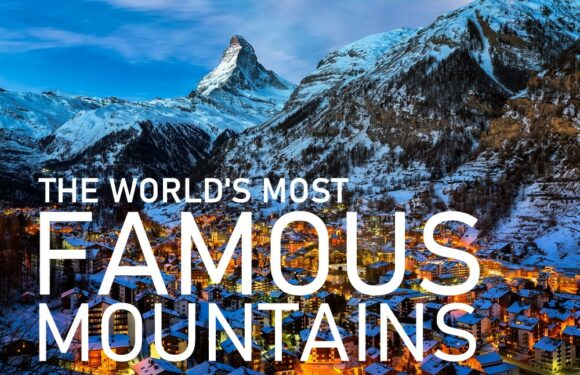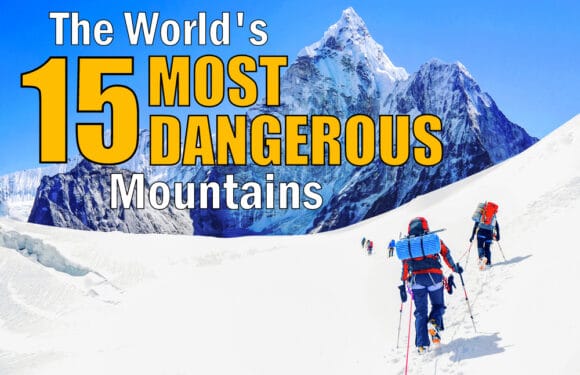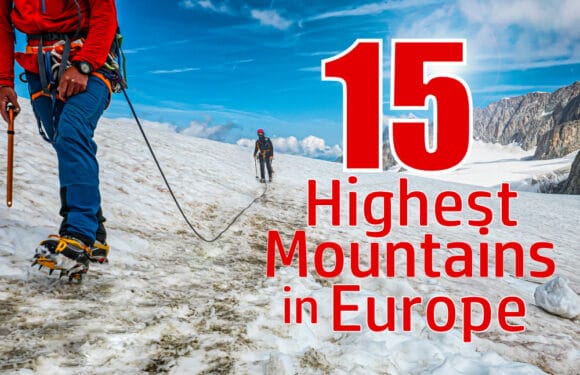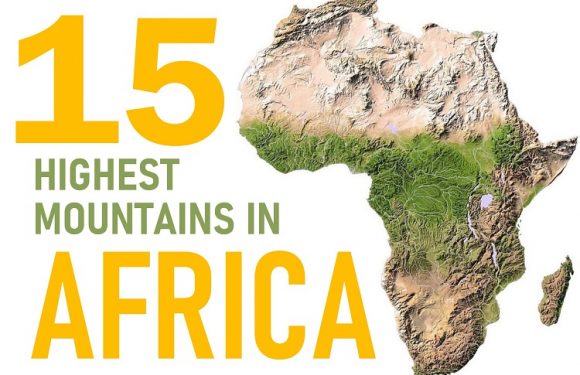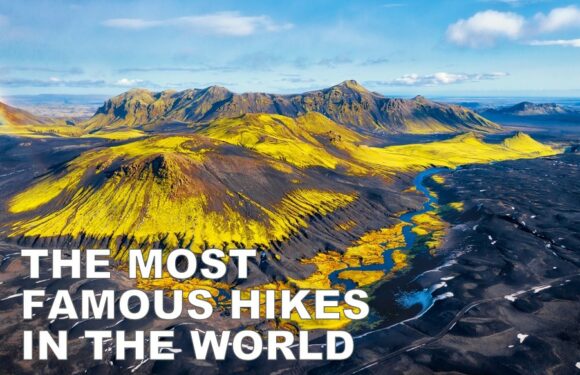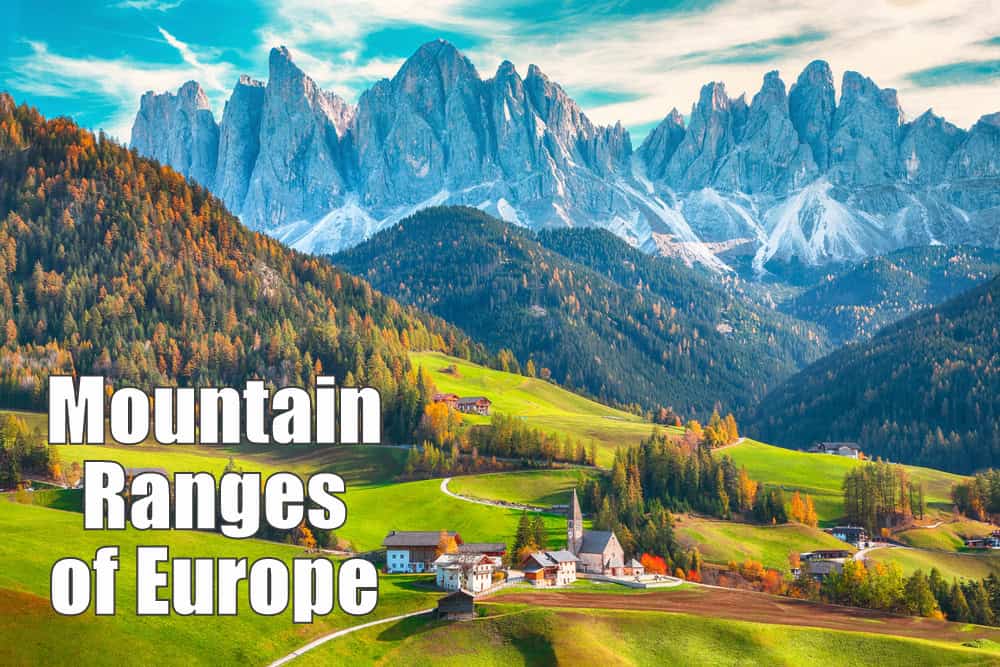
The mountain ranges of Europe are the result of ancient geological processes that have unfolded throughout the earth’s history.
Around 500 million years ago, the supercontinent Pangaea began to break apart, resulting in the separation of the landmasses that would eventually form Europe. The collision of continental plates, including the Eurasian Plate, African Plate and the Iberian Plate, created its mountain ranges.
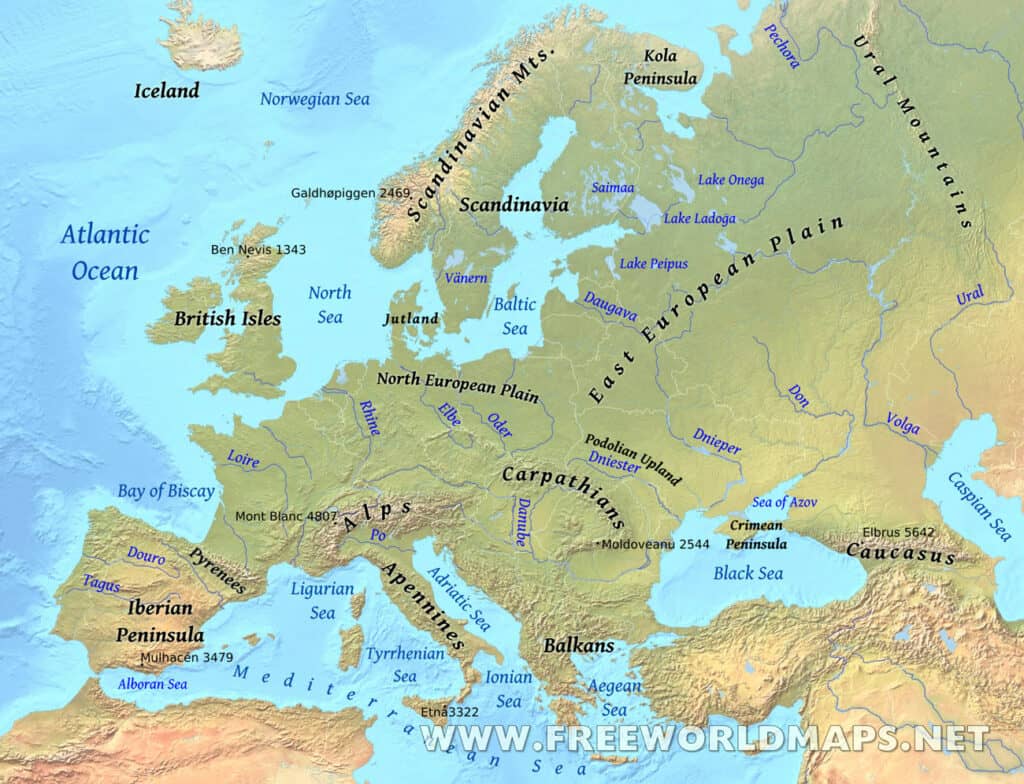
Europe’s mountain ranges exhibit a variety of features. For example, the Alps comprise some of the most dramatic and youngest high peaks in Europe. In contrast, the Scandinavian Mountains are much older and were shaped significantly by glacial erosion. Furthermore, European mountain ranges are natural barriers that defined political borders, cultural boundaries, and trade routes.
35% of Europe’s land area is covered by mountains.
Alps
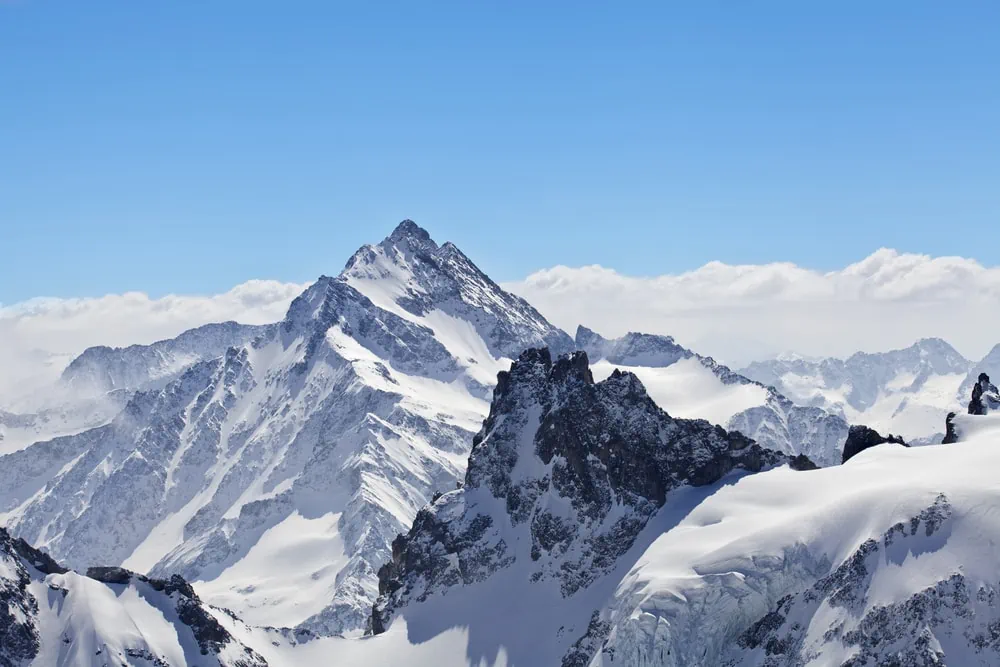
The Alps are one of Europe’s most famous mountain ranges. Dominating the European landscape, the Alps traverse across eight countries, including France, Switzerland, Italy, Austria, and Germany. This range boasts iconic peaks such as Mont Blanc (15,774 feet/4,809 meters) and the Matterhorn (14,692 feet/4,478 meters).
Culturally, the Alps are significant in European history and literature. The region is known for its traditional yodeling and the alpenhorn, a long horn played by herdsmen and villagers. This range is also central to winter sports, drawing visitors globally for skiing and snowboarding.
Pyrenees
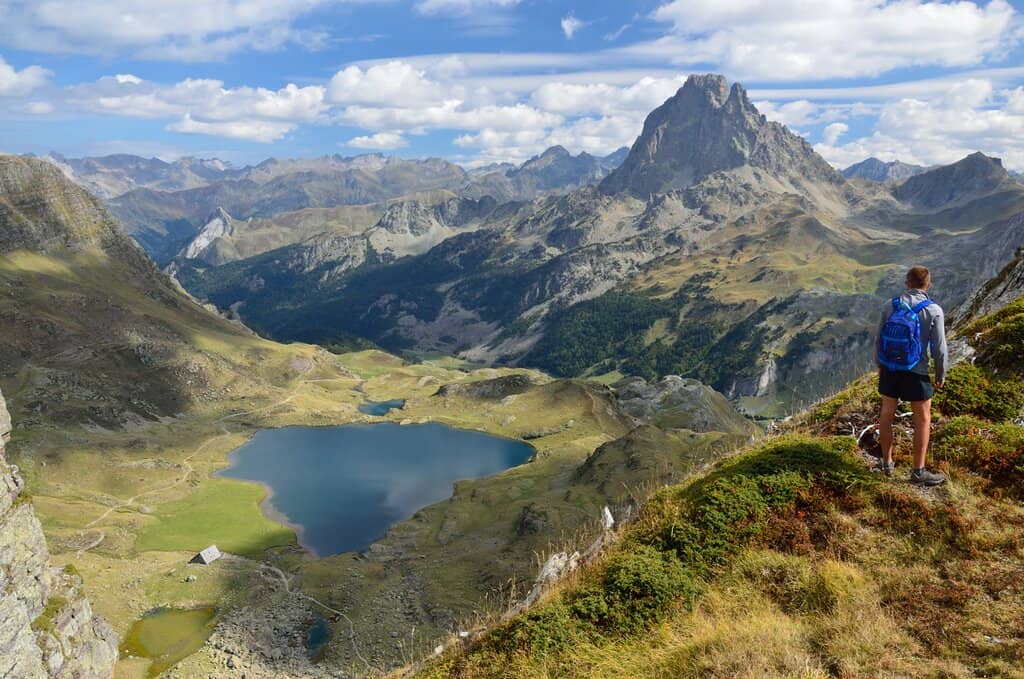
This mountain range acts as a natural border between Spain and France. The Pyrenees present a diverse terrain of rugged landscapes, deep gorges, and verdant valleys. Pico Aneto, the highest summit in the range, rises to an elevation of 11,168 feet (3,404 meters).
The Pyrenees are home to some of the oldest dinosaur footprints in Europe, found in various locations across the range. These traces date back to about 65 million years ago, offering a glimpse into the prehistoric past. Additionally, a set of ancient bones was found in the Neander Valley in Germany, marking the first recognition of what we now know as Neanderthals.
Scottish Highlands
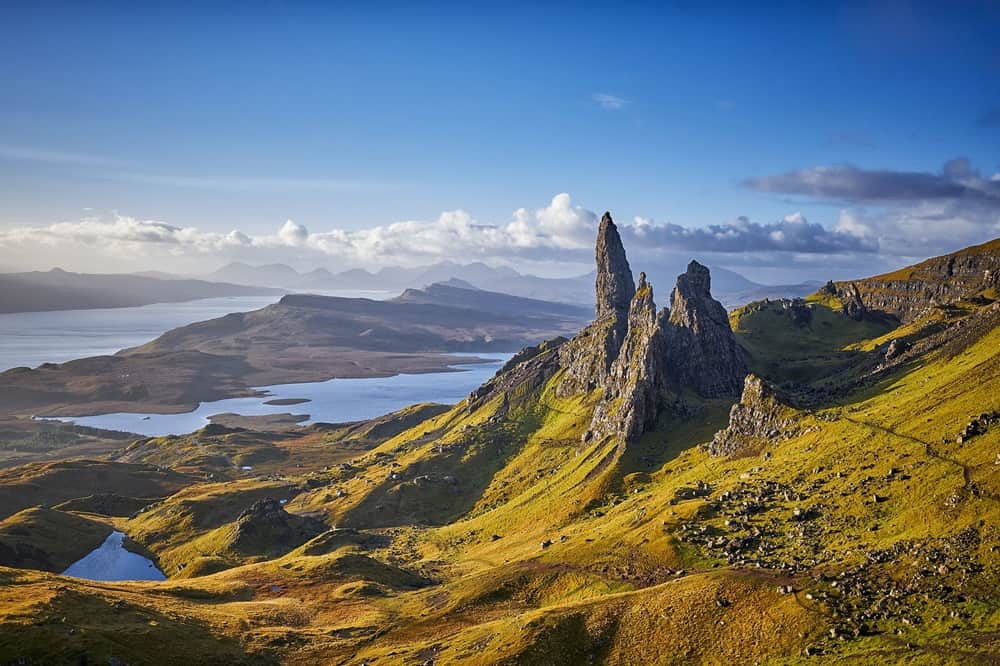
The Scottish Highlands are a mountainous region encompassing northwest Scotland. While not towering as some of Europe’s peaks, the Scottish Highlands hold the distinction of hosting Ben Nevis, the tallest mountain in the British Isles at 4,413 feet (1,345 meters).
The region is famous for its stunning lochs (lakes), including the legendary Loch Ness, reputed home of the mythical Loch Ness Monster, known locally as “Nessie.” The Highlands are also synonymous with Scotch whisky, housing numerous distilleries that produce some of the most famous and revered single malt whiskies in the world.
Carpathian Mountains
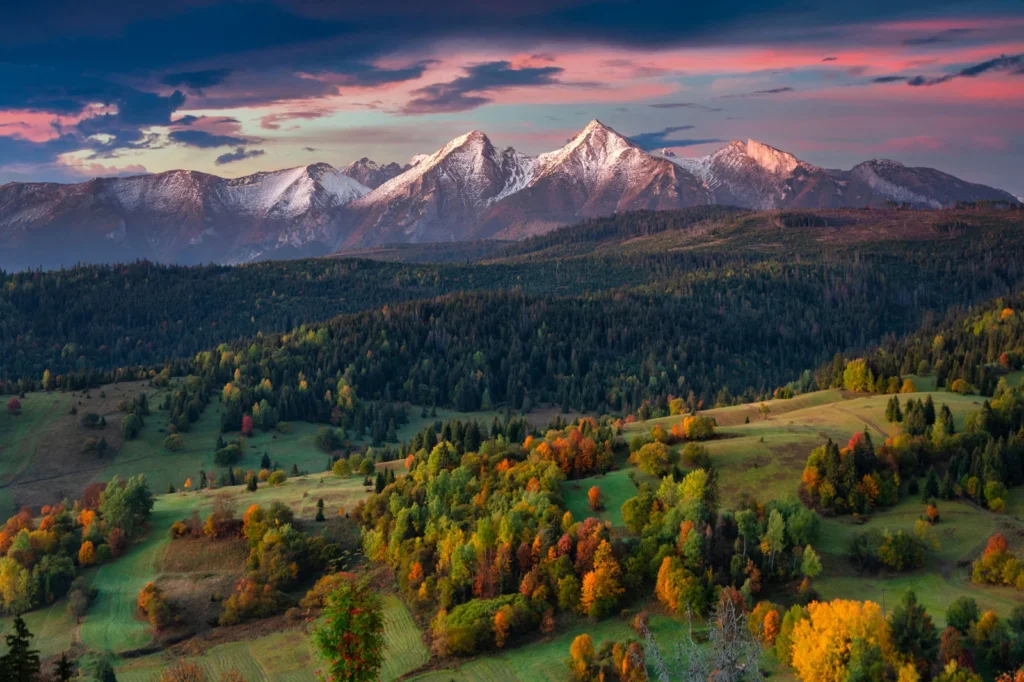
The Carpathians stretch across central and eastern Europe. The Carpathians are home to peaks such as Gerlachovský štít in Slovakia, reaching 8,711 feet (2,655 meters), and Moldoveanu in Romania, rising to 8,346 feet (2,544 meters).
Transylvania, located in the heart of the Carpathians, is known as the setting for Bram Stoker’s novel “Dracula.” Furthermore, the region boasts several UNESCO World Heritage Sites, including the Wooden Churches of Maramureş in Romania and the Primeval Beech Forests of the Carpathians, spread across several countries.
Apennines
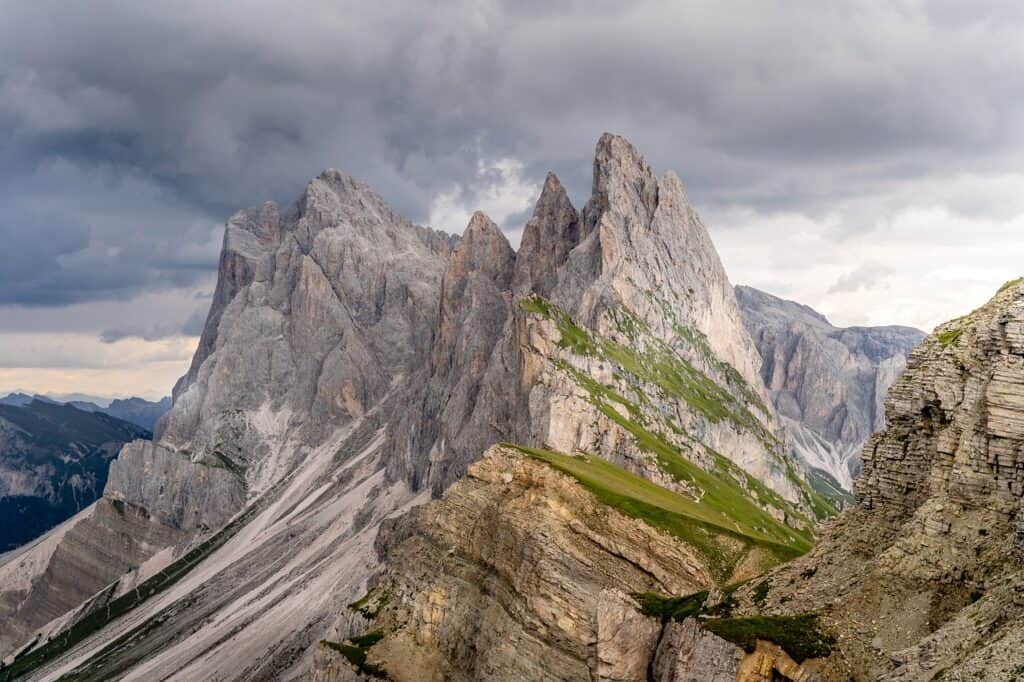
Running along the spine of Italy, the Apennines present a captivating tapestry of rolling hills, vineyards, and dramatic peaks. Mount Vesuvius (4,200 feet / 1,280 meters) and Mount Etna (11,014 feet / 3.357 meters), both active volcanoes, are located here.
Ancient roads such as the Via Francigena, an old pilgrim route from the Middle Ages, traverse the Apennines and served as trade and cultural exchange routes throughout history. These mountains are also home to an impressive vareity of animals, including the rare Apennine wolf, the Marsican brown bear, and the Abruzzo chamois, species found nowhere else on Earth.
Scandinavian Mountains
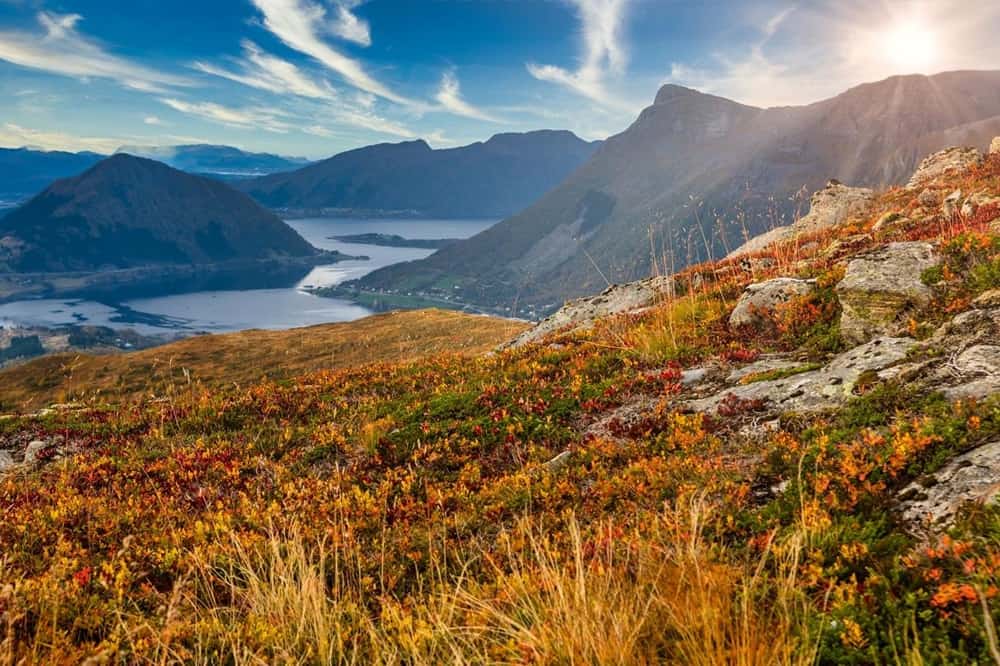
Forming the border between Norway and Sweden are the Scandinavian Mountains. These mountains are sometimes referred to as the Scandes and the Fjällen (literally, the mountains). This range contains Galdhøpiggen, Norway’s highest peak at 8,100 feet (2,469 meters).
These mountains are among the oldest in the world, with rock formations dating back to the Precambrian era. Due to their northern latitude, the Scandinavian Mountains offer unique natural phenomena such as the midnight sun during the summer months and the spectacular northern lights (Aurora Borealis) in the winter.
Tatra Mountains
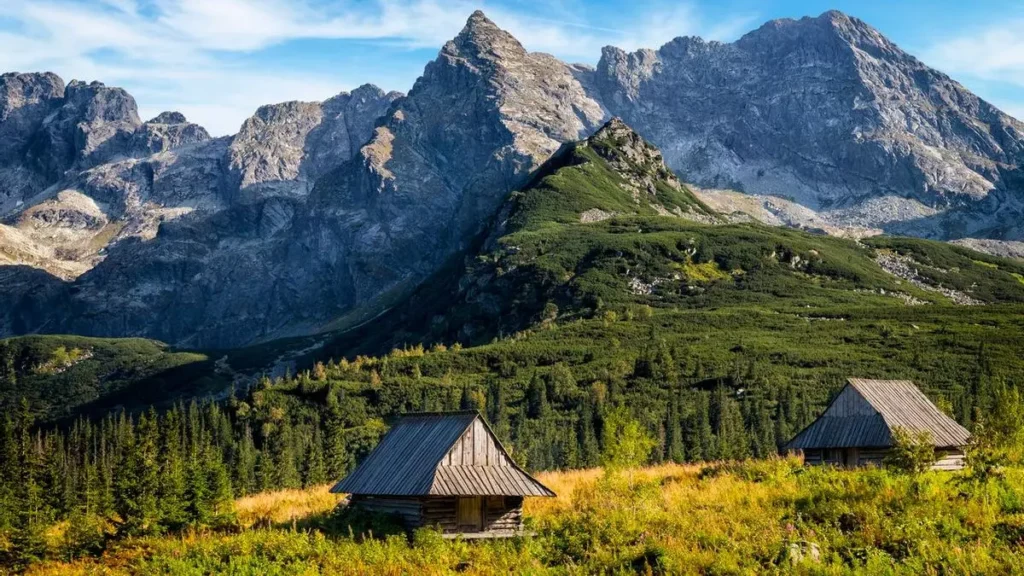
The Tatra Mountains are part of the Carpathian mountain chain in eastern Europe. It forms the border between Slovakia and Poland. Te Tatra Mountains feature Gerlachovský štít, Slovakia’s highest peak at 8,711 feet (2,655 meters), and Rysy, Poland’s highest peak at 8,199 feet (2,499 meters).
These mountains are often referred to as the “miniature Alps” due to their dramatic landscapes. The Tatra Mountains are predominantly composed of granite and limestone.
Sierra Nevada
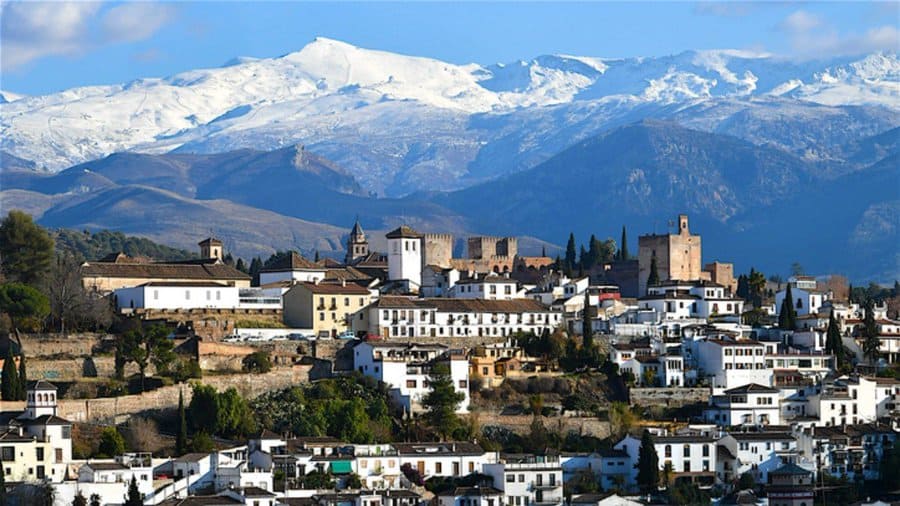
Not to be confused with its American counterpart, this mountain range is located in southeastern Spain. Sierra Nevada means “snowy mountain chain” in Spanish. The highest point in mainland Spain, Mulhacén, reaches an elevation of 11,414 feet (3,478 meters).
The entire range is designated as a national park—Parque Nacional Sierra Nevada—established in 1999. It is also a UNESCO Biosphere Reserve. During warmer months, the mountains attract hikers, climbers, and nature lovers, drawn by its extensive network of trails and the beauty of its high-altitude landscapes.



















































